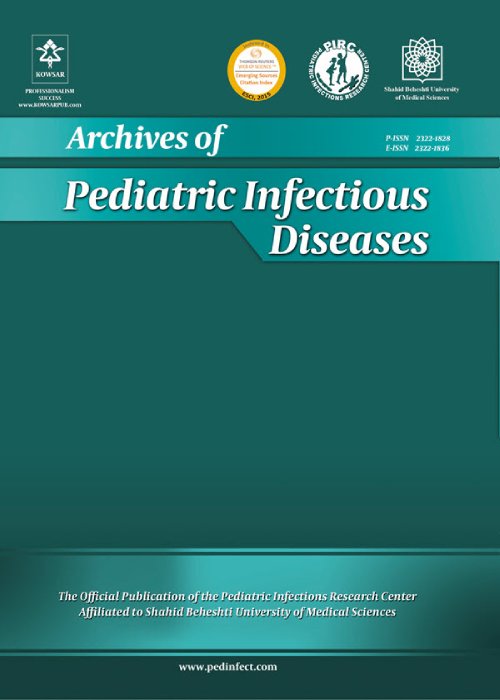Factors Associated with Severe Acute Respiratory Infections Due to Rhinovirus/Enterovirus Complex in Children and Their Comparison with Those of Respiratory Syncytial Virus
Acute respiratory tract infections (ARTIs) are one of the main causes of morbidity and mortality in children under the age of five worldwide.
The objective of this research was to describe the main characteristics of hospitalized patients with ARTI caused by the rhinovirus/enterovirus (RV/EV) complex and the risk factors associated with severe infection.
This was a retrospective descriptive study in patients from one month to 18-years-old who had been hospitalized for ARTI between October 2015 and December 2019 at Fundación Cardioinfantil in Bogotá, Colombia, and had had an RT-PCR viral panel during their hospitalization. Rhinovirus/enterovirus infection was characterized to identify factors associated with disease severity as compared to respiratory syncytial virus (RSV). A multivariate analysis was performed, controlling for confounding factors, to identify groups at risk of developing associated acute respiratory distress syndrome (ARDS).
During the study period, 645 RT-PCRs were performed, with the two main etiological agents identified being RV/EV (n = 224) and RSV (n = 68). The median age of patients with the RV/EV complex was 27 months (IQR: 8 - 70), and seven months for those with RSV (IQR: 2 - 11). Severe RV/EV complex infections required more transfers to intensive care (47% vs. 11%), showed more viral coinfection (OR: 2.13, 95% CI: 1.42 - 4.64), and had less bacterial coinfection (OR: 0.55, 95% CI: 0.31 - 0.98) than RSV infections. The RV/EV group had a higher risk of developing ARDS (OR: 3.6, 95% CI: 1.07 - 12:18), especially in premature infants (P: 0.05; exp(B), 2.99; 95% CI = 1.01 - 8.82), those with heart disease (P: 0.047; exp(B), 2.99; 95% CI = 1.01 - 8.82), and those with inborn errors of metabolism (P: 0.032; exp(B), 5 - 01; 95% CI = 1.15 - 21.81). A total of 13 patients from both study groups died (4.5%), with no differences found between the groups (RV/EV 54% vs. RSV 46%; P = 0.3).
Respiratory infection due to RV/EV in children can frequently be severe, requiring management with intensive care therapy. When compared to RSV, this complex is more frequently associated with the development of ARDS, especially in risk groups such as those with prematurity, heart disease, or inborn errors of metabolism.
- حق عضویت دریافتی صرف حمایت از نشریات عضو و نگهداری، تکمیل و توسعه مگیران میشود.
- پرداخت حق اشتراک و دانلود مقالات اجازه بازنشر آن در سایر رسانههای چاپی و دیجیتال را به کاربر نمیدهد.


